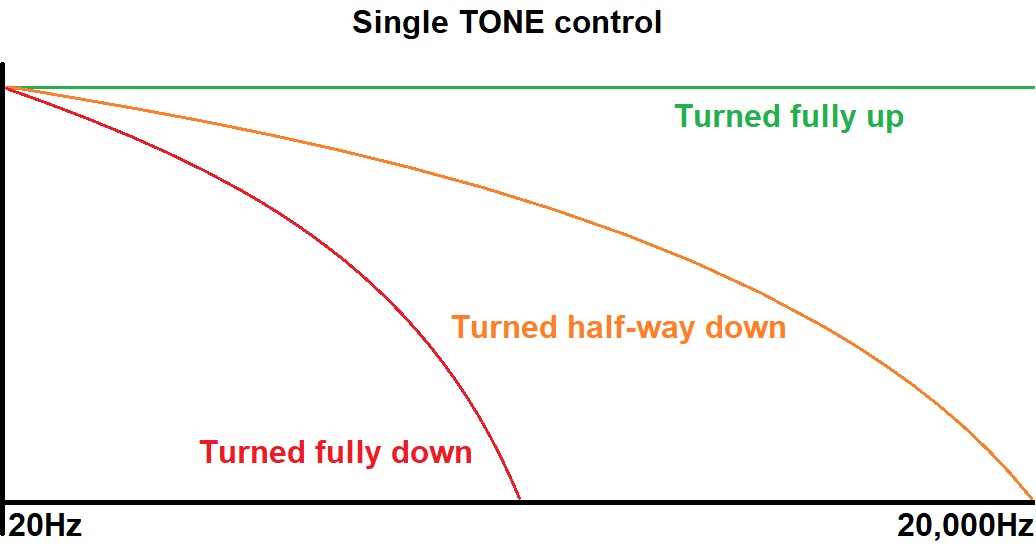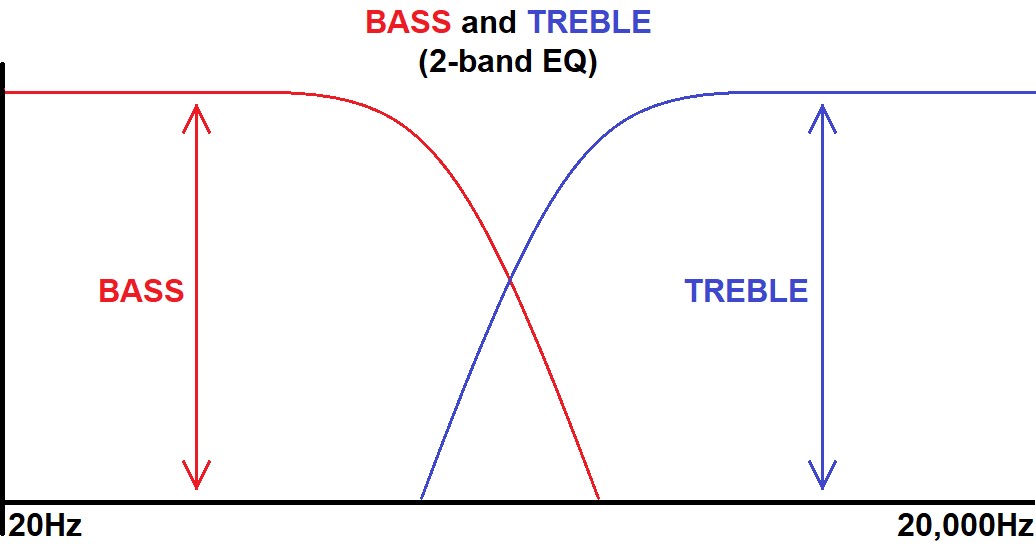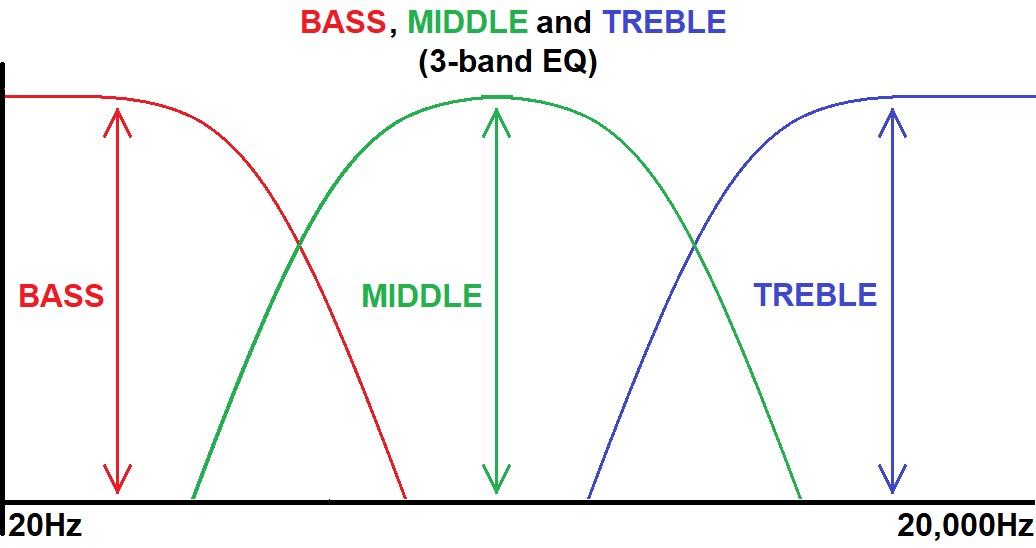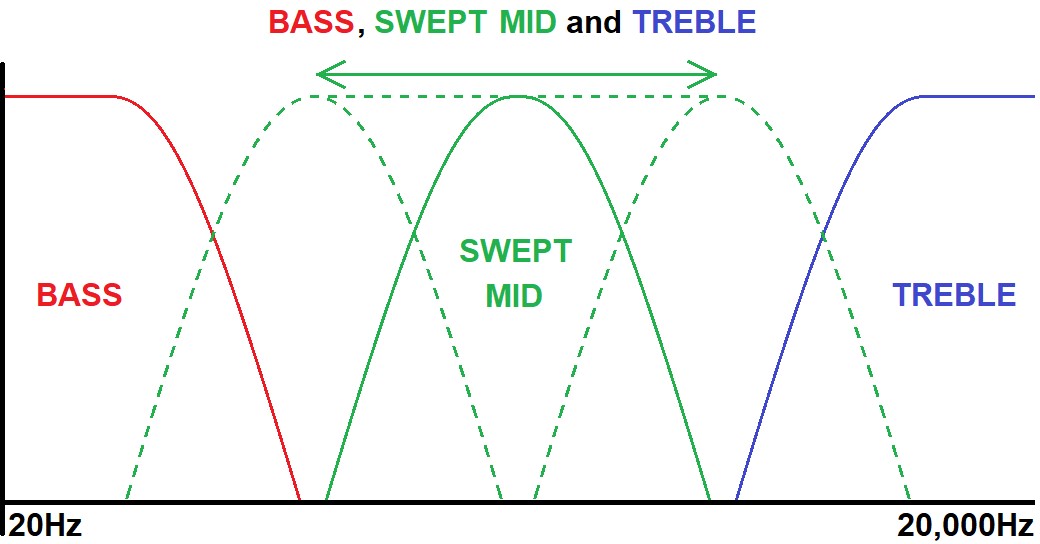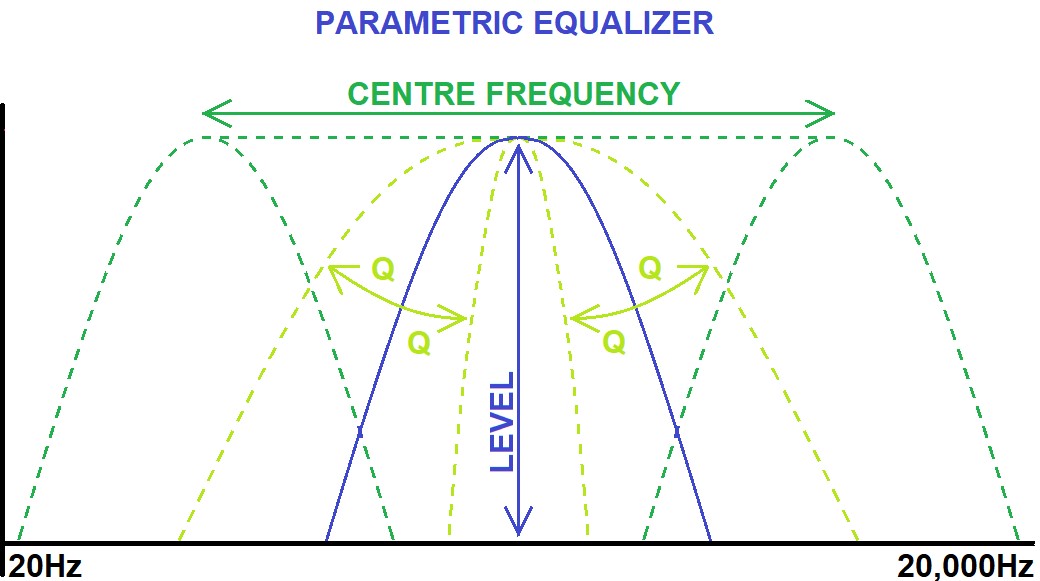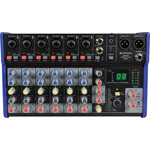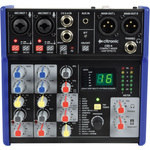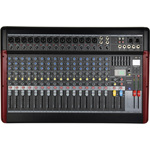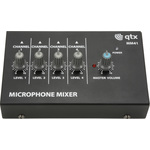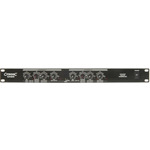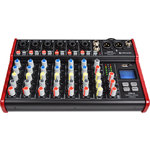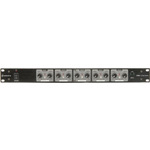Equalization is the adjustment of bands of frequencies in an audio signal to change the tone of the sound it produces.
Frequency is the 'number of times per second' that something oscillates or vibrates, measured in Hertz (Hz). One oscillation per second is 1Hz, a hundred oscillations per second is 100Hz.
A pure single frequency would be a perfect sine wave but sounds in nature and even artificially synthesized sounds are often very complex and are made up of many overtones and harmonics. This means that each vibration (or even mix of vibrations) is made up of many different frequencies layered to make a single sound.

